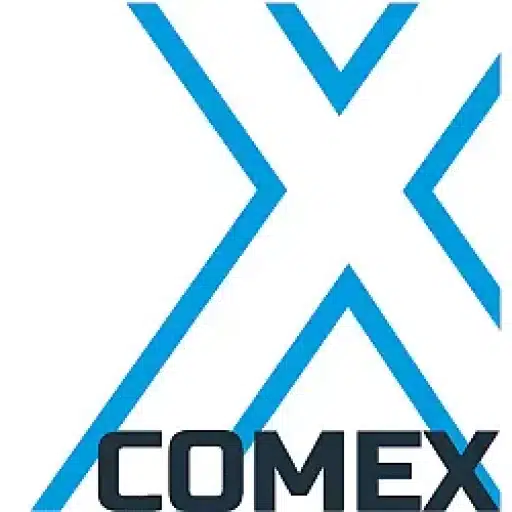+31 (0)43 30 88 400 | office@comex.eu

Limit the restoretime!
Limit the restoretime!
It sounds logical and it is: the less data in the backup, the faster you can restore and thus the faster you are up and running again.
Separation of active and archival data
We talk about it regularly: make a good distinction between the active data that is constantly changing and data that you can put in the archive because it is no longer changing. For example, the medical world makes extensive use of PACS (Picture Archiving and Communication System) data, which contains many large files. Putting this data on secondary (archival) storage keeps it safe. You no longer need to back them up regularly. This saves an enormous amount of time in backing up: data that will not be changed can be safely stored on a WORM (Write Once Read Many) device this way. You can do that just fine on Silent Bricks. Keep them in two different locations. You save backup licenses, backup time and expensive storage.
Small backup
And vice versa, it works the same way. Should it happen that a backup needs to be restored in the event of a disaster in the system, a relatively small backup works in favor. After all, the smaller the backup, the faster the data are restored and the faster the system is back up and running.
Düsseldorf
The University Medical Center in Düsseldorf suffered a ransomware attack several weeks ago, as had previously happened to its colleagues in Maastricht. The problems quickly intensified when it became apparent that the hospital did not have an airgap backup. The Emergency Room was down for about ten days, and after two weeks there was still no working e-mail.
Well done
One thing the hospital’s IT department had done right: large amounts of PACS data were on separate archive storage. As a result, the IT department did not have to restore this data again. After all, the data had not been compromised and were not in the backup. Although it still took a long time in Düsseldorf, at least it saved all these dates from having to be restored again.
Want to know more?
Learn more about safe storage of backup data as well as archive data? Feel free to inquire about the possibilities!

